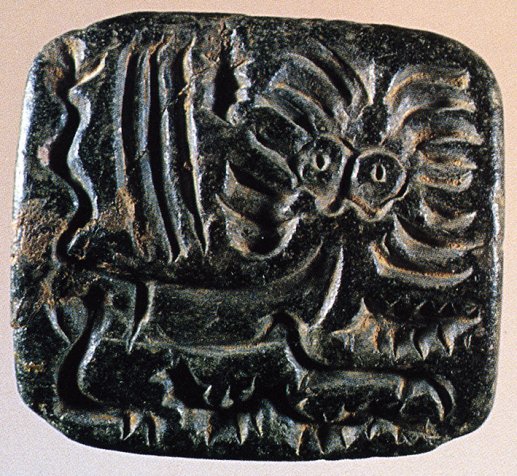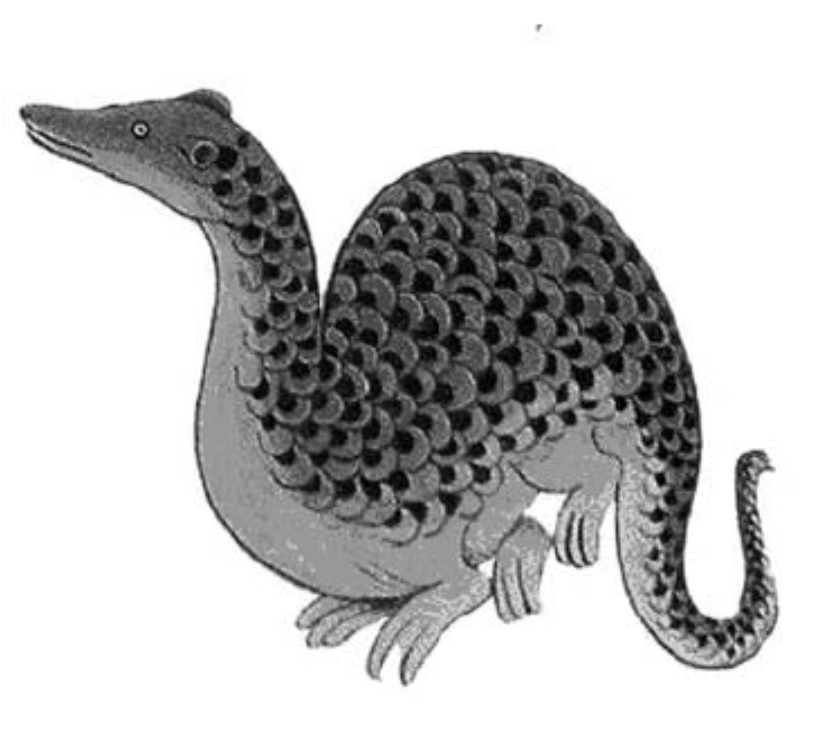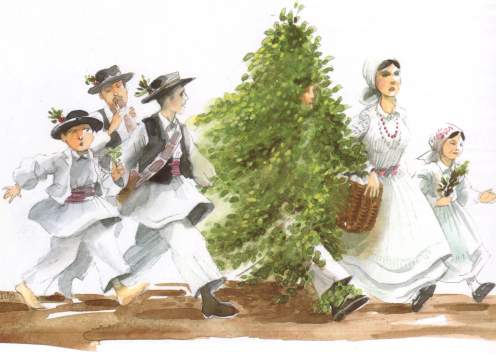
Thread: Impression from a cylinder seal from Babylonia, 8th century BC; in the Pierpont Morgan Library, New York City themorgan.org/seals-and-tabl… Here is the official description of the scene depicted on the seal: 

"A demonic lion faces a winged superhuman hero. The lion's threatening gesture and the tension of his sharp claws suggest his evil power. But the hero will prevail. Taller than the lion, he calmly dominates it, and the bull—the victim of the contest—remains in his power"...🙂
What does this seal really depict?
Well, it depicts Nergal, the Mesopotamian god of death, war, and destruction, who was most often depicted holding a scimitar...
Well, it depicts Nergal, the Mesopotamian god of death, war, and destruction, who was most often depicted holding a scimitar...
Example: Old Babylonian cylinder seal from Larsa, depicting the underworld (the god of death) Nergal, holding his distinctive scimitar and the double lion headed scepter. The Inscription is a dedication to Nergal by Abisare, perhaps the king of Larsa at that time... 

Yeah right. How do we know that the winged dude on the original seal is Nergal?
Because, in his earliest incarnation, in the Early Dynastic Period (c. 2900-2700 BC), this god of death "represented the high summer sun which scorched the earth...which hindered crop production"...
Because, in his earliest incarnation, in the Early Dynastic Period (c. 2900-2700 BC), this god of death "represented the high summer sun which scorched the earth...which hindered crop production"...

Sooo???
So, the climatic year in Mesopotamia is divide into two halves: cool, wet season (Oct/Nov-Apr/May) and hot, dry season (Apr/May-Oct/Nov)...
So, the climatic year in Mesopotamia is divide into two halves: cool, wet season (Oct/Nov-Apr/May) and hot, dry season (Apr/May-Oct/Nov)...

The hot dry season spans summer (symbolised by bull) and autumn (symbolised by lion). I talked about the animal symbols of the seasons in this article:
oldeuropeanculture.blogspot.com/2019/10/symbol…
oldeuropeanculture.blogspot.com/2019/10/symbol…

And the hottest and driest part of the dry at the moment when bull meets lion. At the end of summer, beginning of autumn. This moment is "marked" by all those "lion killing bull" images, like this one from Persepolis...Lion (autumn) killing (ending) Bull (summer)... 

Which is why, on our original seal, we don't see hero defending the bull from the lion...We see Nergal, deadly sun, standing at the end of summer, symbolised by upside down bull whom he is holding by the hind leg, and the beginning of autumn, symbolised by the attacking lion...
This is the seat of Nergal, the god of death, the destructive sun of the middle of the hot, dry season...In Leo... Which is why Nergal holds double lion headed scepter... 

Eeee, what? What about precession? Leo I am talking about has nothing to do with constellations. It is an ancient animal calendar marker, marking the beginning of the main mating season of the Eurasian lions. Which has nothing to do with stars and is not affected by precession... 



Leo is also "the lair" of the fire breathing dragon... Usually in Mesopotamia depicted as a winged lion...oldeuropeanculture.blogspot.com/2020/06/is-tha… The seat of the beast...Nergal... 

Nergal, the Burning sun, the Dragon. This cylinder seal from Ur III, is dedicated to Meslamtaea, the earliest name of Nergal. docplayer.hu/47106522-Nerga… 

It shows Meslamtaea/Nergal, holding his scimitar, and a "mythical beast", winged lion, both holding onto a scepter which looks very much like the two lion headed scepter of Nergal...
Now the winged lion is the evolution of the "lion with sun rays coming out of his back", which is the symbol for the hot, dry half of the year in Mesopotamia, and particularly the hottest, driest part of the year, Leo... oldeuropeanculture.blogspot.com/2021/05/nude-w… 

So is the scene depicting "Nergal and the dragon fighting over the scepter" a symbolic way of telling us: "Nergal is the dragon"...
Guess who else is standing "between the lions" or "on a lion"? In Leo...The Old Utu/Shamash, the Old Sun of the end of summer...The destructive sun that dries the rivers and canals...And kills people...
oldeuropeanculture.blogspot.com/2021/04/canals…
oldeuropeanculture.blogspot.com/2021/05/shamas…
oldeuropeanculture.blogspot.com/2021/04/canals…
oldeuropeanculture.blogspot.com/2021/05/shamas…

The Sumerian poem "Enki and the World Order" exclaims: Young Utu/Shamash (the sun), father of the Great City (the realm of the dead, underworld)...Equating Utu/Shamash with Nergal, the god of the Underworld...
How can sun be the Lord of the Underworld?
How can sun be the Lord of the Underworld?
https://twitter.com/serbiaireland/status/1387708254143361025
• • •
Missing some Tweet in this thread? You can try to
force a refresh












